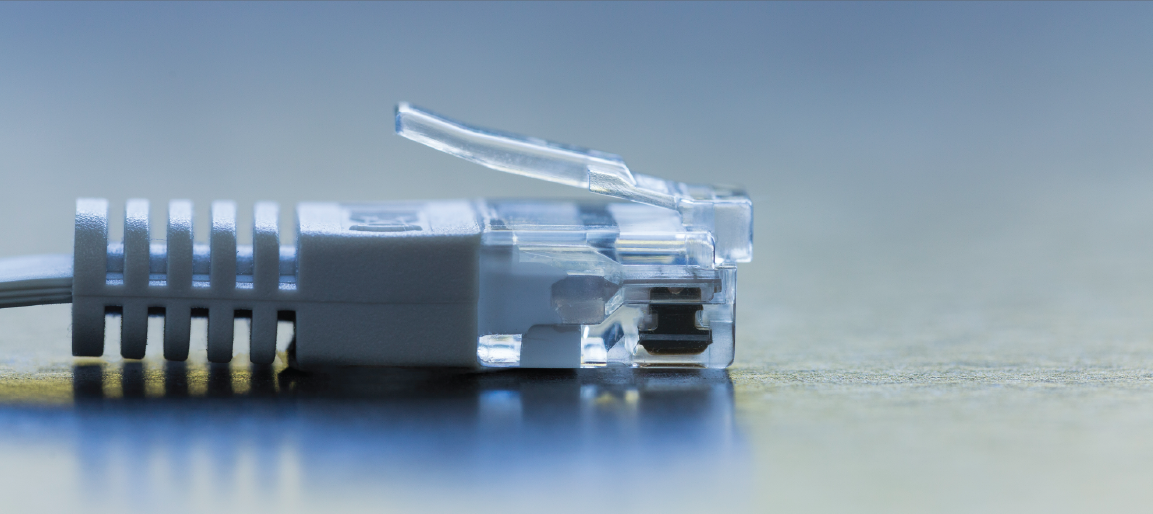Calculating your total PoE budget is an important aspect of many networked AV installations, but it can also be a confusing one. Many industry manufacturers use PoE and PoE+ interchangeably in certain circumstances, which often dredges up a series of questions from the integrator. Is there a difference between PoE and PoE+? Should you focus more on the wattage of the Powered Device (PD) or the Power Supplying Equipment (PSE)? Why are the wattages different? Is your device a Type 1 or Type 2? How did I get here?
Take a deep breath and go to your happy place. Better? OK, let’s try and unravel this mess.
Before we jump in, a brief sidebar for vocabulary: the text of the 802.3 specs refers to Powered Devices (PD) and Power Supplying Equipment (PSE). In human-speak, PDs are the PoE-powered devices you plug into a switch or injector, while the PSE is the switch or injector itself.
How PoE and PoE+ Compare
802.3at (PoE+) is a superset of the 802.3af (PoE) standard. PoE+ maintains backwards compatibility for what is termed “Type 1” or low power devices, while adding a new “Type 2” high power designation that roughly doubles the wattage available to PDs.
For practical purposes, the main attribute to focus on is the PoE Class of your Powered Device. For Class 1, Class 2, and Class 3 devices, the wattages for 802.3af (PoE) and 803.at (PoE+) are identical.
| PoE Class | Supported by 802.3af | Supported by 802.3at | Maximum Power Output of PSE | Range of Power Draw for PDs |
| 0 | Yes | Yes | 15.4 watts | 0.44 – 12.95 watts |
| 1 | Yes | Yes | 4 watts | 0.44 – 3.84 watts |
| 2 | Yes | Yes | 7 watts | 3.84 – 6.49 watts |
| 3 | Yes | Yes | 15.4 watts | 6.49 – 12.95 watts |
| 4 | No | Yes | 30 watts | 12.95 – 25.5 watts |
Google search results for PoE and PoE+ list many articles that use “PoE” to refer to Class 1-3 and “PoE+” to refer only to Class 4. When people in the AV industry hear “PoE+,” many assume that they need a switch or injector that can provide Class 4 power, regardless of PD power draw requirements. We highly encourage you research the actual endpoint power requirements to really understand your system needs. CAT5e cable or better is suitable for both PoE and PoE+ transmissions. If you really want to get your geek on about PoE, head over to Wikipedia.
What is a PoE Budget?
Using the term PoE generically, PoE budget is the cumulative wattage available to all PoE-enabled ports on a switch or injector. Each PoE device negotiates power draw from the source based on its PoE class described above.
Calculating the PoE budget is important because bad things may happen if the PoE budget for the switch or injector is exceeded during system operation. The switch will likely turn off PoE on one or more (or all) of the ports. Communication with PDs will be interrupted, and device performance could be temporarily or even permanently compromised.
It’s also important to understand whether PDs will draw the full power of their PoE class. For example, a device that’s rated 802.3at Class 4 may draw a maximum of 16 watts, whereas other devices might have a power draw in its idle state of 16 watts, but then ramp up to the full 25.5 watts when under high load.
The safest approach is to use the PSE wattage rating of 30 watts for Class 4 to ensure the overall PoE budget won’t be exceeded. If you can’t do that, then multiply the maximum power draw by a 16% factor for potential line loss. In our example, the port on the PSE powering the 16 watt PD would need to deliver 18.6 watts.
Biamp and PoE
The entire line of Tesira TCM-1 Beamtracking™ microphones is designed to support more natural conversations during conference call activities. Since we’re talking about PoE+, we’d like to shine a special spotlight on the TCM-1A. The TCM-1A Beamtracking microphone includes a 2-channel PoE+ amplifier, which has an internal limiter, selectable power, and burst power mode to handle peak signals. That means call quality won’t be compromised if someone suddenly shouts about their latest big idea. Learn more about the TCM-1A here.
When you’re trying to determine the PoE budget for Tesira devices and verify whether the switch or injector you’ve specified is capable, Cornerstone is a great resource. To help streamline the process of culling through a bunch of data sheets, our renowned support team has created a PoE calculator for our Tesira PoE-enabled devices.
Next Up: PoE++
IEEE 803.2bt will likely be ratified soon, but PoE++ is a topic for another post. One that might require an adult beverage to help provide clarity.
